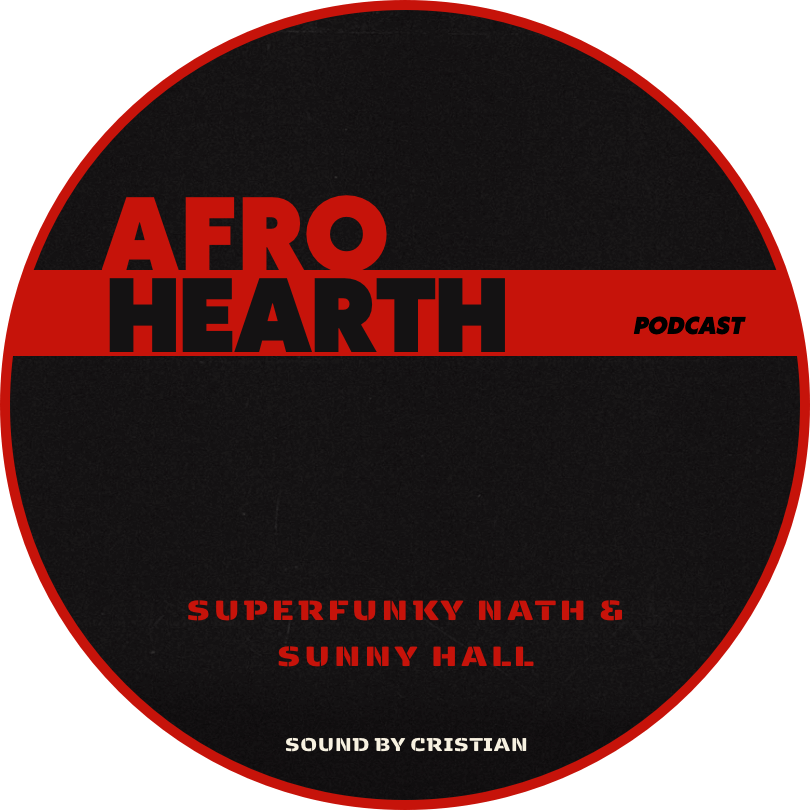

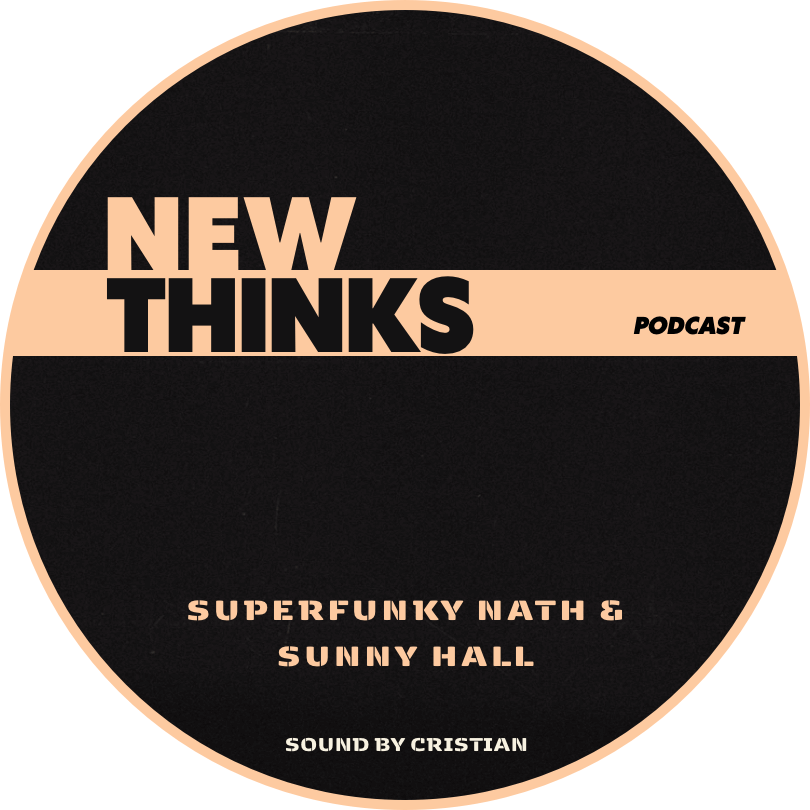
We are officially starting this month our awareness campaign, to protect the rights of our children of African descent as well as their health against the toxic chemicals present in hair products, specifically marketed for them and available in the European Union.
We want to open a dialogue with a varied community of parents who are not aware of the existing risks for their children, updating regularly with more informations.
We have already published recent studies on the toxicity of the Black hair industry and it is crucial now to focus on our children.
This campaign is to demand the application of fundamental rights for customers under European laws and legislations and it’s a first here in Spain.
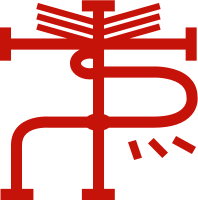
In England mothers and hair care professionals have been alerting about recent scientific findings on Black hair products, informing that they are the most dangerous on the global market. They’ve been investigating and informing for years, where advocates like Tola Okugwu, a hair blogger and children’s book writer who has conducted a survey on 215 women with the help of Lake Health and Wellbeing and has launched her own campaign. Are Finding that most costumers don’t know how to recognise harmful chemicals or about their effects on health.
She has created a campaign called #MyHairCareNightmare to spread the word where people can share they hair and products stories.
Another natural hair advocate and businesswoman is Sal Wyn-Baxter founder of the natural product brand Root 2Tip, has been educating and empowering Black communities and all parents alike, to be aware of the health risks for Black consumers and for children in particular.
Like the two French initiatives that follow, both British mothers have been advocating for the imperative necessity to avoid relaxing children’s hair.
They both understand the frustration with specific African hair types which are so diverse and the difficulty to find the right products and get the right results, which is the main problem that blind us all, trying all sorts of different options, by word of mouth, judging only the aesthetic outlook and not looking at the ingredients list.
And we know for a fact that children with afro hair in their natural state will be subjected to negative comments and critics from their immediate environment which put more pressure to deliver the right look to face the outside world.
It is our responsibility as parent to teach them to love and care about their African essence early on, as it is as well part of their identity, it is indeed the way to build self-confidence and being proud of who they are and what they represent.
In France associations like Stop the Lye and Label Beauté Noire have been investigating and informing as well, pushing for changes and better standards of quality in the Black cosmetic industry and working with parents and children to change mentalities.

This campaign is to demand the application of fundamental rights for customers under European laws and legislations and it’s a first here in Spain.

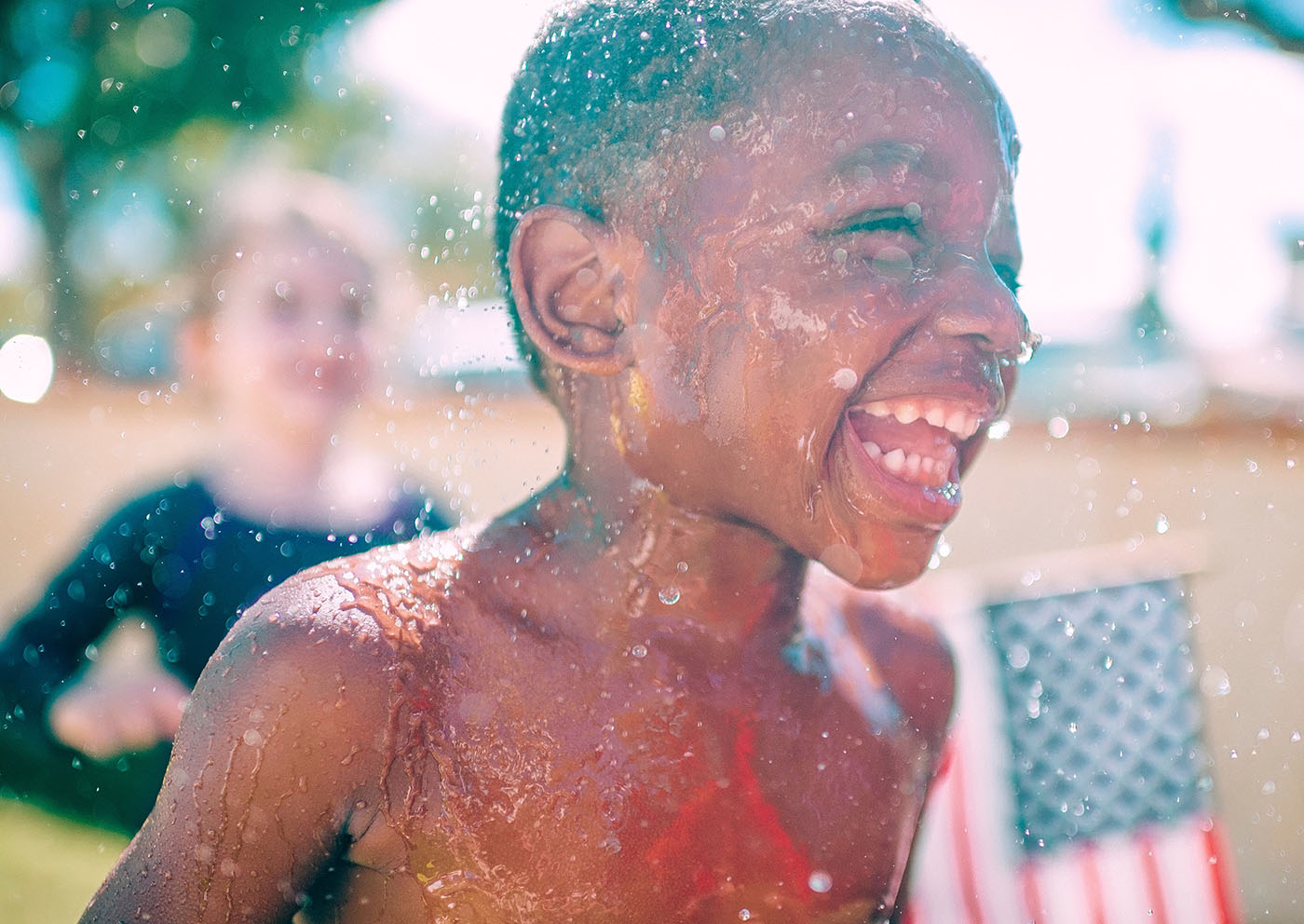
Firstly, let me say that not all chemicals are bad, we don’t want any misconceptions about what we are informing about, the medicines we are prescribed by our doctors are chemicals too. We are overflown by chemicals substances in our daily lives, present in absolutely everything.
“There is actually no such thing as a chemical free product as everything has a chemical structure.”
We are also exposed to harmful chemicals in many areas of our daily lives from cleaning products, clothes, household textiles, everyday objects to even the food we eat.
The point here is to be conscious about the substances we can control and keep away from our families, because the danger is the accumulation of several substances interacting with each other.
As parent, we have to educate ourselves to avoid putting our children at risk unnecessarily. Furthermore, the sides effects on growing bodies are more insidious and long-lasting, entering in regular contact with the skin and the respiratory tract.
To be practical what you can do is, first learn about the irritant and toxic substances present in every day higiene products, because the frequent use make them problematic. Knowledge is power and once you are aware of them, you know what to look for. Don’t be shy to ask your hairdresser as well about the brands and products they use on your family.
Then, pay attention at the amount and frequency of product you use, reducing frequency and watering down concentrated formulas to protect the delicate skin and hair of children, is an easy option.
You generally don’t need more than the basics which are:
Finally, we know life is already expensive as it is, but illness a lot more.
It is important to find trusted, high quality products, and we know the majority are manufactured abroad and imported which rises quite significantly the overall costs, but if you can’t afford them, you can always make your own, handmade; following African, Caribbean or any ancestral natural traditions, it lasts longer and it is a lot cheaper.
In the meantime, we should expect and demand safer and better quality products from international brands. The European laws and cosmetic legislations are on our side, we as the consumers, have to act as a pressure group for the laws to be respected and implemented in the Union, for the manufacturers to remove these harmful chemicals from their products.
We have the power as citizens, as a collective to denounce the banned substances from the products we use in order for them to be removed.
For now, we have to be very selective and stay on the safe side, even if we have no guaranty as one of the latest scientific study has revealed that part of the ingredients in the formula are not listed on the labels.
Following the basic survival parent guide to buy hair products, will leave a small exercise about reading labels and formulas.
We have heard that Cantu For Kids is very popular and widely available online and in shops around country. To show what we’re facing with the actual greenwashing, the world market has been practising for the past years, to align on the growing numbers of concerned consumers, not to lose customers and gain new ones of the growing natural market. A lot of marketing strategies have been built around a specific labelling called, “natural”, “100% plant based”, “gentle care”, “gentle formula”, even “organic” when it’s not.

The European laws and cosmetic legislations are on our side, we as the consumers, have to act as a pressure group for the laws to be respected and implemented in the Union, for the manufacturers to remove these harmful chemicals from their products.

The little experiment conducted on one line of products.

“Made with no mineral oil, sulfates, parabens, silicones, phthalates, gluten, paraffin or propylene, PABA or DEA.”
1Recommended restricted use and concentration in cosmetics, Allergies/immunotoxic, Ecotoxicology, Contamination concerns
2Recommended restricted use. Ingredient not fully labelled – identity unknown. Strong evidence of Human immune toxicant and allergen – Organ system toxicity (non-reproductive). Contamination concerns.
3Enhanced skin absorption, skin, eyes, or lungs irritation. Organ system toxicity (non-reproductive), Allergies/immunotoxic, Recommended restricted use.
Classified as skin irritant, expected to be toxic or harmful.
4/5Violation of government restrictions – Banned or found unsafe for use in cosmetics in the EU. Allergies/immunotoxicity, Irritation (skin, eyes, or lungs), Neurotoxicity, Ecotoxicology
1Recommended restricted use. Products and formulas containing PEGs should not be used on broken or irritated skin. Organ system toxicity (non-reproductive), Contamination concerns
2Recommended restricted use. Organ system toxicity (non-reproductive).
Classified as expected to be toxic or harmful. Suspected to be an environmental toxin and be persistent or bio-accumulative.
3Classified as expected to be toxic or harmful. Organ system toxicity (non-reproductive), Neurotoxicity, Cancer, Endocrine disruption. Ecotoxicology, bioaccumulative in wildlife.
4Recommended restricted use. Ingredient not fully labelled – identity unknown. Strong evidence of Human immune toxicant and allergen – Organ system toxicity (non-reproductive). Contamination concerns.
5Recommended restricted use. Organ system toxicity (non-reproductive), Ecotoxicology.
6Recommended restricted use, subject to concentration or use limitations -Classified as expected to be toxic or harmful. Strong evidence of Human irritant –
Irritation (skin, eyes, or lungs), Organ system toxicity (non-reproductive), Ecotoxicology, Contamination concerns
7/8Irritation (skin, eyes, or lungs), Contamination concerns.
9Allergies/immunotoxic, Developmental/reproductive toxicity. Suspected to be an environmental toxin.
10Enhanced skin absorption, Occupational hazards, Organ system toxicity.
11Recommended restricted use. Classified as irritant (skin, eyes, or lungs), Occupational hazards, Organ system toxicity (non-reproductive), Allergies.
12immunotoxicity. Irritation (skin, eyes, or lungs)
1Organ system toxicity (non-reproductive), Ecotoxicology.
2Irritation (skin, eyes, or lungs), Ecotoxicology
3Ecotoxicology
4Ecotoxicology
5Violation of industry recommendations – Restricted in cosmetics. Irritation (skin, eyes, or lungs.
6Recommended restricted use. Ingredient not fully labelled – identity unknown. Strong evidence of Human immune toxicant and allergen – Organ system toxicity (non-reproductive). Contamination concerns.
7Recommended restricted use. Organ system toxicity (non-reproductive), Ecotoxicology.
8Classified as irritant (skin, eyes, or lungs).
9Enhanced skin absorption, skin, eyes, or lungs irritation. Organ system toxicity (non-reproductive), Allergies/immunotoxic, Recommended restricted.
Classified as skin irritant, expected to be toxic or harmful.
10Irritation (skin, eyes, or lungs), Contamination concerns.
11Enhanced skin absorption, Occupational hazards, Organ system toxicity.
12Recommended restricted use. Classified as irritant (skin, eyes, or lungs), Occupational hazards, Organ system toxicity (non-reproductive), Allergies/immunotoxic.
13immunotoxicity. Irritation (skin, eyes, or lungs)
1Organ system toxicity (non-reproductive), Ecotoxicology.
2Ecotoxicology
3Recommended restricted use, subject to concentration or use limitations -Allergies/immunotoxic. Developmental/reproductive toxicity. Classified as expected to be toxic or harmful. Strong evidence of Human irritant (skin, eyes, or lungs), Organ system toxicity (non-reproductive), Ecotoxicology, Contamination concerns.
4Classified as expected to be toxic or harmful. Organ system toxicity (non-reproductive).
5Allergies/immunotoxicity, Developmental/reproductive toxicity. Suspected to be an environmental toxin.
6Enhanced skin absorption, Occupational hazards, Organ system toxicity.
7Recommended restricted use. Classified as irritant (skin, eyes, or lungs), Occupational hazards, Organ system toxicity (non-reproductive), Allergies/immunotoxic.
8Immunotoxicity. Irritation (skin, eyes, or lungs).
1Recommended restricted use. Organ system toxicity (non-reproductive).
2Recommended restricted use. Ingredient not fully labelled – identity unknown. Strong evidence of Human immune toxicant and allergen – Organ system toxicity (non-reproductive). Contamination concerns.
3Enhanced skin absorption, skin, eyes, or lungs irritation. Organ system toxicity (non-reproductive), Allergies/immunotoxic, Recommended restricted.
4Recommended restricted use. Classified as irritant (skin, eyes, or lungs), Occupational hazards, Organ system toxicity (non-reproductive), Allergies/immunotoxic.
5Immunotoxicity. Irritation (skin, eyes, or lungs)
1Ecotoxicology.
2Enhanced skin absorption, Use restrictions, Contamination concerns.
3Ecotoxicology
4Recommended restricted use. Organ system toxicity (non-reproductive), Contamination concerns.
5Recommended restricted use. Ingredient not fully labelled – identity unknown. Strong evidence of Human immune toxicant and allergen – Organ system toxicity (non-reproductive). Contamination concerns.
6Recommended restricted use. Products and formulas containing PEGs should not be used on broken or irritated skin. Organ system toxicity (non-reproductive), Contamination concerns.
7Irritation (skin, eyes, or lungs)
8Violation of industry recommendations – Restricted in cosmetics, ( Principal ingredient of chemical relaxer ). Avoid or minimize skin exposure. Organ system toxicity (non-reproductive), Irritation (skin, eyes, or lungs)
9Exposures restricted to low doses in the EU. Enhanced skin absorption, Occupational hazards, Organ system toxicity (non-reproductive)
10Recommended restricted use. Classified as irritant (skin, eyes, or lungs), Occupational hazards, Organ system toxicity (non-reproductive), Allergies/immunotoxic.
11Immunotoxicity. Irritation (skin, eyes, or lungs)
What we found is very alarming, the amount of skin irritants mixed together in one formula for one product with so many chemicals put together for a frequent use on skin as scalp, shouldn’t be used on children.
The main problem is that we usually use all the products of the line together adding, layers after layers of chemicals and several times a week.
We have found neurotoxins, endocrine disruptors, allergens, cancerous chemicals also, the all nine yards of what you know to be harmful.
The big scandal because there is always one, is the presence of 2 substances banned in the Union, Methylchloroisothiazolinone, Methylisothiazolinone.
To follow is the use of Sodium Hydroxide, a highly caustic base that decomposes protein, lipids and living tissues, which can cause blindness, it’s known to cause severe burns and to be the active ingredient in chemical relaxers.
We are in total chock to see it in the curling cream which can be used daily and without rins
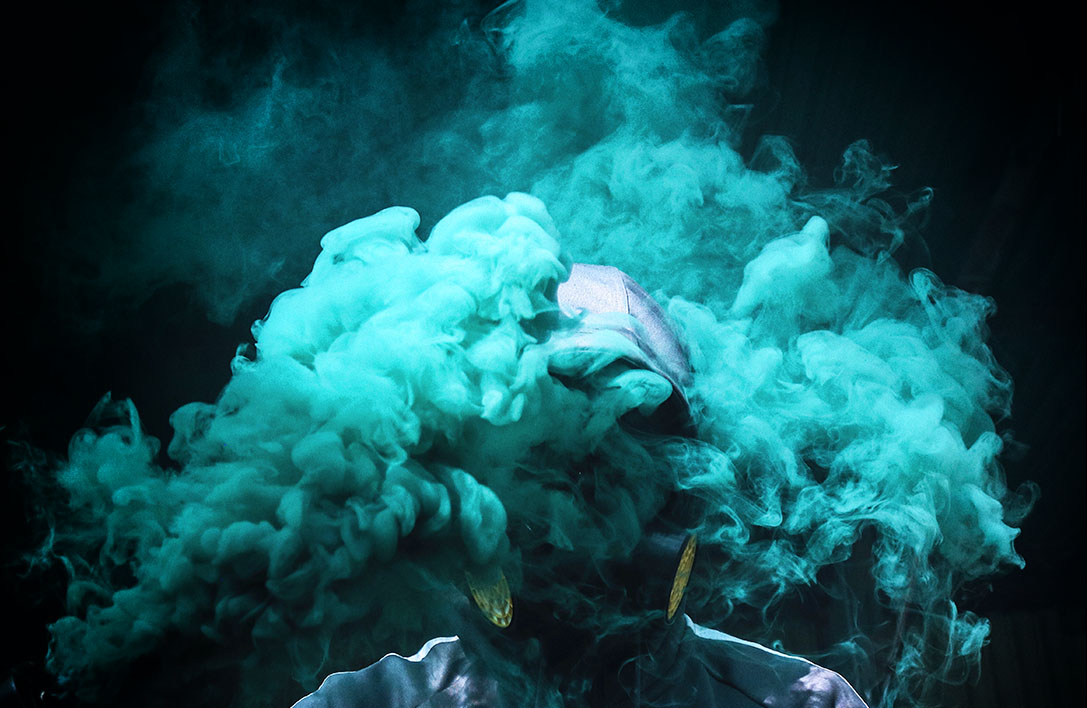
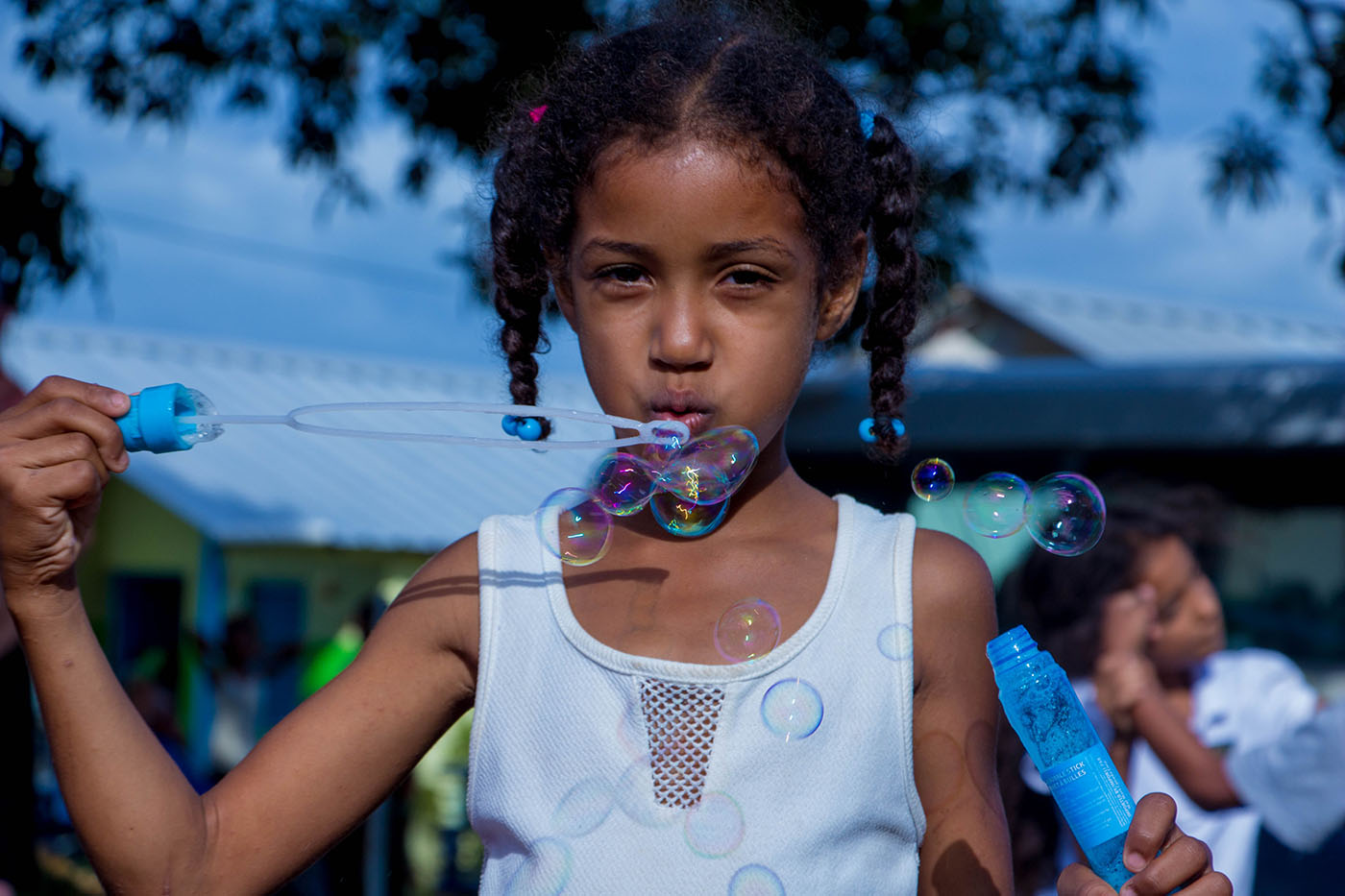
The 10 worst commonly found product ingredients. Then revise the list of ingredients on your hair products.
1. FRAGRANCE: Fragrance is present in most deodorants shampoos, sunscreens, skin care, body care and baby products.
Many of the compounds in fragrance are carcinogenic or otherwise toxic.
“Fragrance on a label can indicate the presence of up to 4,000 separate ingredients. Most or all of them are synthetic.
Symptoms reported to the FDA have included headaches, dizziness, rashes, skin discolouration, violent coughing and vomiting, and allergic skin irritation.
Clinical observation by medical doctors have shown that exposure to fragrances can affect the central nervous system, causing depression, hyperactivity, irritability, inability to cope, and other behavioural changes,” (Home Safe Home).
For better health try purchasing unscented products and for fragrance, adding a natural essential oil.
2. SODIUM LAURYL SUFATE (SLS) & SODIUM LAURETH SULFATE (SLES): SLS is used in testing labs as the standard ingredient to irritate skin.
Used as detergents and surfactants, these closely related compounds are found in car wash soaps, garage floor cleaners and engine degreasers.
Both SLS and SLES are used more widely as one of the major ingredients in cosmetics, toothpaste, hair conditioner and about 90% of all shampoos and products that foam. They are used in personal-care products because they are cheap. A small amount generates a large amount of foam, and when salt is added it thickens to give the illusion of being thick and concentrated.
(SOME OF THE NITROSATING AGENTS ARE: SLS, SLES, DEA, TEA, MEA). Shampooing the hair with a product contaminated with these substances can lead to its absorption into the body at levels much higher than eating nitrite-contaminated foods.
Mark Fearer in an article, Dangerous Beauty, says, “…in tests, animals that were exposed to SLS experienced eye damage, along with depression, difficult breathing, diarrhea, severe skin irritation and corrosion and death.” According to the American College of Toxicology states both SLS and SLES can cause malformation in children’s eyes. Other research has indicated SLS may be damaging to the immune system, especially within the skin. Skin layers may separate and inflame due to its protein denaturing properties. It is possibly the most dangerous of ad ingredients in personal care products.
Research has shown that SLS when combined with other chemicals can be transformed into nitrosamines, a potent class of carcinogens, which causes the body to absorb nitrates at higher levels than eating nitrate contaminated food.“
According to the American College of Toxicity report, “SLS stays in the body for up to five days…” Other studies have indicated that SLS easily penetrates through the skin and enters and maintains residual levels in the heart, the liver, the lungs and the brain. This poses serious questions regarding its potential health threat through its use in shampoos, cleansers and toothpaste,“
Studies show its danger potential to be great when used in personal-care products.
Toxicity – A serious problem with these chemicals is that they may be contaminated with NDELA (N-nitrosodiethanolamine), one of the nitrosamines and a potent carcinogen, according to a 1978 FDA report.
3. MINERAL OIL & PETROLATUM: The best baby oil is made from almonds. But the oil which being sold as baby oil is 100% mineral oil.
Mineral oil is a derivative of crude oil (petroleum) that is used industrially as a cutting fluid and lubricating oil. This commonly used petroleum ingredient coats the skin and hair just like plastic wrap. The skin’s natural barrier is disrupted as this plastic coating inhibits its ability to breathe and absorb the Natural Moisture Factor (moisture and nutrition).
The skin’s ability to release toxins and wastes is impossible through this “plastic wrap,” which can promote acne and other disorders.
It further hinders normal skin respiration/transpiration by keeping oxygen out.
This process slows down skin function and normal cell development causing the skin to prematurely age. Holding in large amounts of moisture in the skin can “flood” the biology and may result in immature, unhealthy, sensitive skin that dries out easily.
Petrolatum – A petroleum-based grease that is used industrially as a grease component. Petrolatum exhibits many of the same potentially harmful properties as mineral oil.
Honestly, this stuff belongs in your engine, not on your hair. Regardless of “Well, my Grandma used vaseline on her hair and it grew ”, the bottom line is this stuff is bad. It was bad for Grandma and it is bad for you. Period.
4. PEG: This is an abbreviation for polyethylene glycol that is used in making cleansers to dissolve oil and grease as well as thicken products.
Because of their effectiveness, PEG’s are often used in caustic spray on oven cleaners and yet are found in many personal care products.
PEG’s contribute to stripping the Natural Moisture Factor, leaving the immune system vulnerable.
They are also potentially carcinogenic.
5. ISOPROPYL ALCOHOL: This is a solvent and denaturant (poisonous substance that changes another substances natural qualities). Isopropyl alcohol is found in hair colour rinses, body rubs, hand lotions, after-shave lotions, fragrances and many other cosmetics. This petroleum-derived substance is also used in antifreeze and as a solvent in shellac. Natural hair reacts very badly to isopropyl alcohol and this ingredient should be avoided at ALL costs.
It will dry your hair out and break it off. According to A Consumer’s Dictionary of Cosmetic Ingredients, inhalation or ingestion of the vapour may cause headaches, flushing, dizziness, mental depression, nausea, vomiting, narcosis and even coma.
6.PHENOXYETHANOL: Is used as a preservative in cosmetic products and also as a stabilizer in perfumes and soaps. Exposure to phenoxyethanol has been linked to reactions ranging from eczema to severe, life-threatening allergic reactions.
Infant oral exposure to phenoxyethanol can acutely affect nervous system function.
What to look for on the label: Phenoxyethanol, 2-Phenoxyethanol, Euxyl K® 400 (mixture of Phenoxyethanol and 1,2-dibromo-2,4-dicyanobutane), PhE
Phenoxyethanol is used as a preservative in cosmetic products to limit bacterial growth. A review of 43 cosmetic products demonstrated that only 25 percent of the products had concentrations of phenoxyethanol greater than 0.6 percent and the mean concentration of phenoxyethanol was 0.46 percent.
Health Concerns: Allergies, nervous system effects (infants)
Allergen: Skin exposure to phenoxyethanol has been linked to allergic reactions ranging from eczema and hives to anaphylaxis.
Eczema is also a common allergic reaction to skin exposure of products containing one percent or more phenoxyethanol. Reactions only occur in the area of application and eczema subsides after avoidance of the product causing irritation.
Acute nervous system effects (infants): In 2008, the FDA warned consumers not to purchase Mommy’s Bliss Nipple Cream. Phenoxyethanol, found in the cream, was depressing the central nervous system and causing vomiting and diarrhea in breast feeding infants. Symptoms of a depressed nervous system include a decrease in infant’s appetite, difficulty waking the infant, limpness of extremities and change in skin colour. There is no known health risk to the mother.
Vulnerable Populations: Individuals allergic to phenoxyethanol and breast-feeding infants.
REGULATIONS: The European Economic Community (EEC) Cosmetics Derivative and the Cosmetics Regulation of the European Union approved phenoxyethanol in concentrations up to one percent.
HOW TO AVOID: Infants should not be exposed to cosmetic products containing Phenoxyethanol. If you are allergic, read labels and avoid personal care products and vaccines with phenoxyethanol and since parabens may enhance the allergic effects of phenoxyethanol, skip products containing both chemicals. If you are not allergic, phenoxyethanol is a relatively safe preservative in regard to chronic health effects.
7. DEA (diethanolamine) MEA (momoethnanolamine) TEA (triethanolamine): DEA and MEA are usual listed on the ingredients label in conjunction with the compound being neutralized. Look for names like Cocamide DEA or MES, Lauramide DEA, etc. These are hormone disrupting chemicals and are known to form cancer causing nitrates and nitrosamines. These are commonly found in most personal care products that foam, including bubble baths, body washes, shampoos, soaps and facial cleansers.
A recent government report shows DEA and MEA are readily absorbed in the skin.
Dr. Samuel Epstein, Professor of Environmental Health at the University of Illinois said “repeated skin applications of DEA-based detergents resulted in a major increase in the incidence of two cancers – liver and kidney cancers.” John Bailey, who oversees the cosmetic division for the FDA said the new study is especial important since “the risk equation changes significantly for children.”
8. PROPYLENE GLYCOL (PG): As a “surfactant” or wetting agent and solvent, this ingredient is actually the active component in antifreeze. There is no difference between the PG used in industry and the PG used in personal care products. It is used in industry to break down protein and cellular structure (what the skin is made of) is found in most forms of make-up, hair products, lotions, after-shave, deodorants, mouthwashes and toothpaste. It is also used in food processing. Because of its ability to quickly penetrate the skin, the EPA requires workers to wear protective gloves, clothing and goggles when working with this toxic substance. The Material Safety Data Sheets warn against skin contact, as PG has systemic consequences such as brain, liver and kidney abnormalities. Consumers are not protected nor is there a warning label on products such as stick deodorants, where the concentration is greater than that in most industrial applications.
9. IMIDAZOLIDINYL UREA and DMDM HYDANTOIN: These are just two of the many preservatives that release formaldehyde (formaldehyde-donors). According to the Mayo clinic, formaldehyde can irritate the respiratory system, cause skin reactions and trigger heart palpitations. Exposure to formaldehyde may cause joint pain, allergies, depression, headaches, chest pains, ear infections, Chronic fatigue, dizziness and loss of sleep. It can also aggravate coughs and colds and trigger asthma. Serious side effects include weakening of the immune system and cancer. Nearly all brands of skin, body and hair care, antiperspirants and nail polish found in stores contain formaldehyde-releasing ingredients.
10. FD & C Colour PIGMENTS: Many colour pigments cause skin sensitivity and irritation. Absorption of certain colours can cause depletion of oxygen in the body and even death according to A Consumer’s dictionary of Cosmetic Ingredients. Debra Lynn Dadd says in Home Safe Home: “Colours that can be used in foods, drug, and cosmetics are made from coal tar. There is a great deal of controversy about their use, because animal studies have shown almost all of them to be carcinogenic.”
As a final thought, we hope we have helped to clarify a lot of doubts and misunderstandings about what is available for our little kinky and curly heads.
As this is for the kids in our diverse communities, we ask you to participate, sharing this information as much as possible, to make it a wake up call for the industry.
We leave underneath the first entry with the references of various scientific studies, we have published, previously.
Please share as well our hashtags specially created for the occasion in all your social platforms to bring awareness overall.
